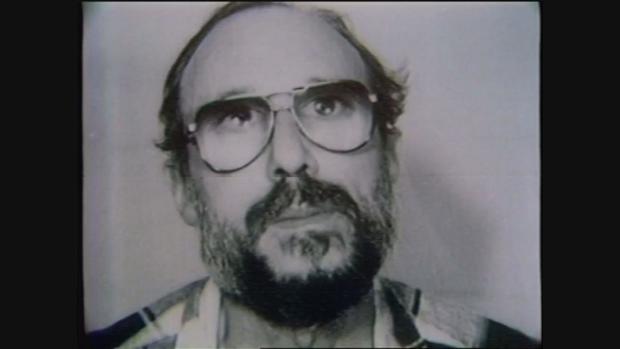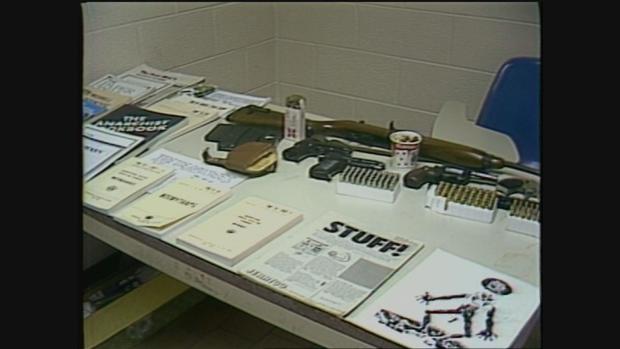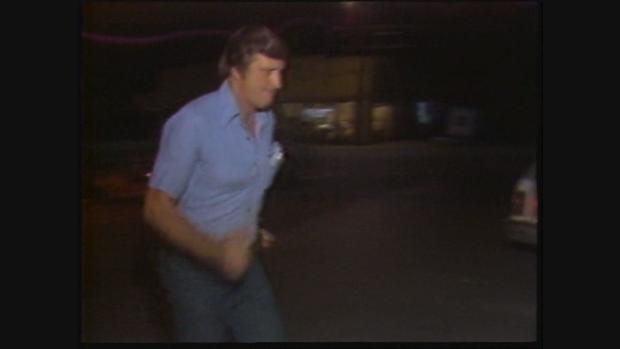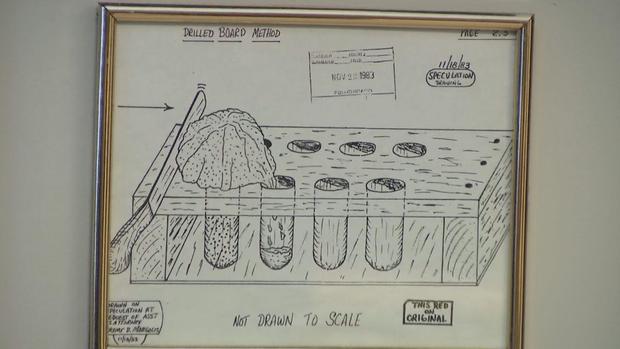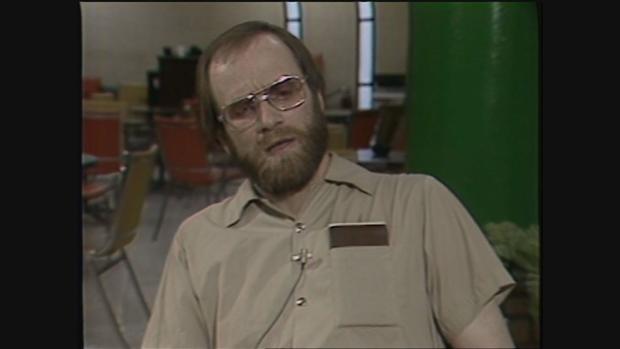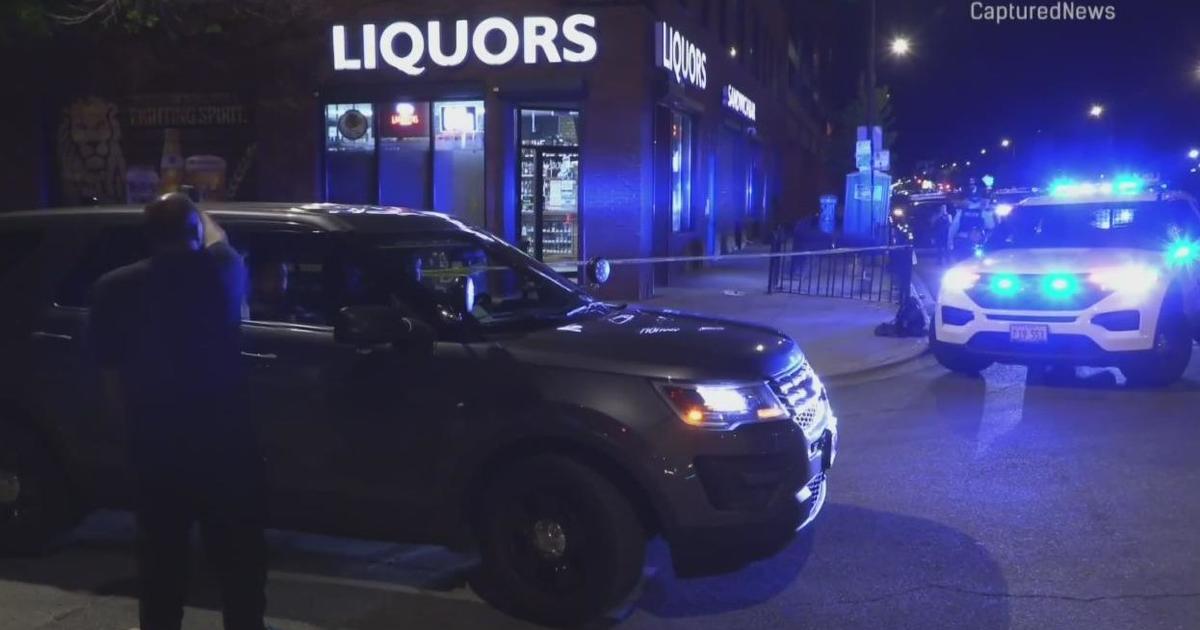Chicago Tylenol murders 40 years later: Who have investigators identified as suspects or persons of interest?
COMING SOON, 'PAINKILLER': A multipart docuseries about the Tylenol Murders. Watch a preview and learn more about the case.
CHICAGO (CBS) -- In the weeks and months after seven people in the Chicago area died after ingesting Tylenol laced with cyanide in 1982, federal, state, and local police examined thousands of leads in connection with the poisonings, but never made an arrest. However, a few people investigators considered key suspects or persons of interest were identified publicly..
Roger Arnold, 48, was a dock worker at the Jewel in Melrose Park. Police first learned about Arnold from a Lincoln Park bar owner, who told officers two customers said Arnold had purchased a large quantity of cyanide about six-months prior to the poisonings and had been acting erratically.
During a search of Arnold's apartment on October 11, 1982, police found five guns, including a .30 caliber handgun, a rifle, and ammunition. They also found books on explosives and poisons, including a copy of "The Poor Man's James Bond," which describes how to make potassium cyanide. Laboratory vials, beakers, test tubes, and a white granulated powder were also observed.
Police said Arnold admitted to possessing cyanide in his home at one time, but none was uncovered during the search.
Arnold's wife spent time undergoing psychiatric care at Central DuPage Hospital, the same hospital poisoning victim Mary Reiner gave birth at just days before her death. She purchased the contaminated pills at Franks Foods, across the street from the hospital.
Arnold refused to take a lie detector test, but maintained he had no connection to the Tylenol murders.
Roger Arnold FOIA Arlington Heights by Todd Feurer on Scribd
Seven months after the Tylenol murders, Arnold was charged with killing a man at a Chicago bar. Arnold believed the man was the one who first turned him in to police during the Tylenol investigation. However, the victim was the wrong person. Arnold was sentenced to 30 years in prison.
He served 15 years of his sentence and died in 2008.
Kevin Masterson, 35, of Lombard, reportedly had a long-standing grudge against Jewel. His landlord said he was mad because his wife was roughed up by a security guard for shoplifting. Masterson believed the incident somehow led to their divorce.
After a nationwide search, Masterson turned himself in to the FBI in Los Angeles. Masterson was ultimately held on a warrant from DuPage County for possession of marijuana.
James Lewis was convicted of sending a $1 million extortion letter to Johnson & Johnson, the parent company of Tylenol, to "stop the killings," but has consistently denied any role in the poisonings.
James Lewis Extortion Case File by Todd Feurer on Scribd
After his conviction, Lewis volunteered to help the FBI.
"He made a drawing which he called the drill board method," said former federal prosecutor, Jeremy Margolis. "Someone could drill holes into a plywood contraption, put the bottom capsule into the hole, put cyanide on top of the board, scrape it across with the bread knife, clean up the excess, put the tops of the capsules in, load them into the Tylenol bottles and put them on store shelves."
Lewis maintained the extortion letter was an attempt to draw attention to his wife's employer, Lakeside Travel, after her paycheck bounced. He used the postage meter machine from the travel agency to send the extortion letter and that's how the FBI linked him to the extortion attempt.
In an interview with CBS 2's Mike Parker in 1984 before he was sent to the Federal Correctional Facility in El Reno, Oklahoma, Lewis said, "The letter itself is not illegal unless you have intent, and there was no way that I could have had any intent there. It was a closed bank account. It was a Continental Illinois Bank account. I had no more access to that bank account than one of you gentleman here."
He also denied committing the Tylenol murders, or knowing the person or people who did.
James Lewis Extortion Case File 2 by Todd Feurer on Scribd
However, some investigators believed Lewis was trying to get even at Johnson & Johnson for the death of his 5-year-old daughter, Tony Ann. She had down syndrome and a heart condition. There are reports Lewis connected her death with medication manufactured by Johnson & Johnson.
CBS 2 first reported in December 1982 that Lewis had also been accused of murdering and dismembering an elderly man in Kanas City in 1978 in connection with a fraud scheme. The case was ultimately thrown out for technicalities, but has since been reopened. And in 1966, Lewis tried to kill his adoptive mother with an ax in Carl Junction, Missouri. He later spent time at the state mental hospital.
Since his release from prison, Lewis has lived with his wife, LeAnn, in Cambridge, Massachusetts,
In 2004, he was charged with rape and kidnapping, but the case was dropped.
In 2009, FBI agents searched Lewis' apartment in Cambridge, Massachusetts, removing boxes of evidence.
And in September 2022, investigators from the task force returned to Boston, to re-interview the man they call their prime suspect in the seven Tylenol murders.
